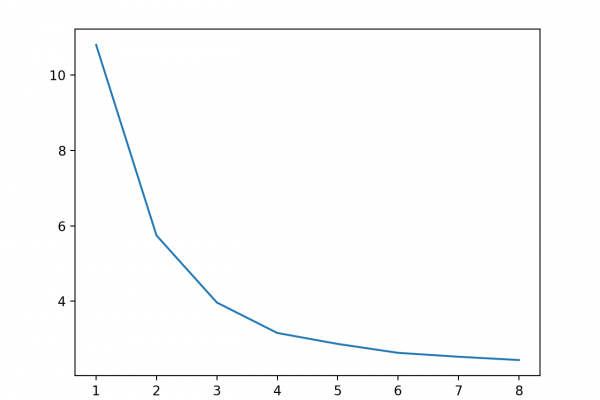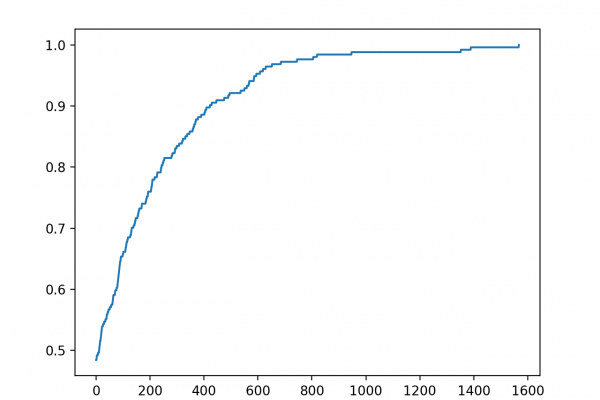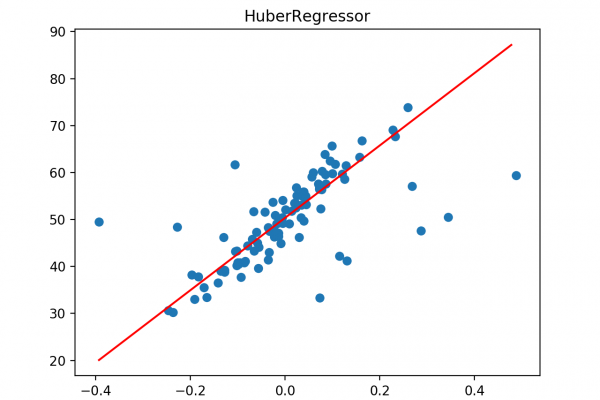Nearest Shrunken Centroids With Python
Nearest Centroids is a linear classification machine learning algorithm. It involves predicting a class label for new examples based on which class-based centroid the example is closest to from the training dataset. The Nearest Shrunken Centroids algorithm is an extension that involves shifting class-based centroids toward the centroid of the entire training dataset and removing those input variables that are less useful at discriminating the classes. As such, the Nearest Shrunken Centroids algorithm performs an automatic form of feature selection, […]
Read more








